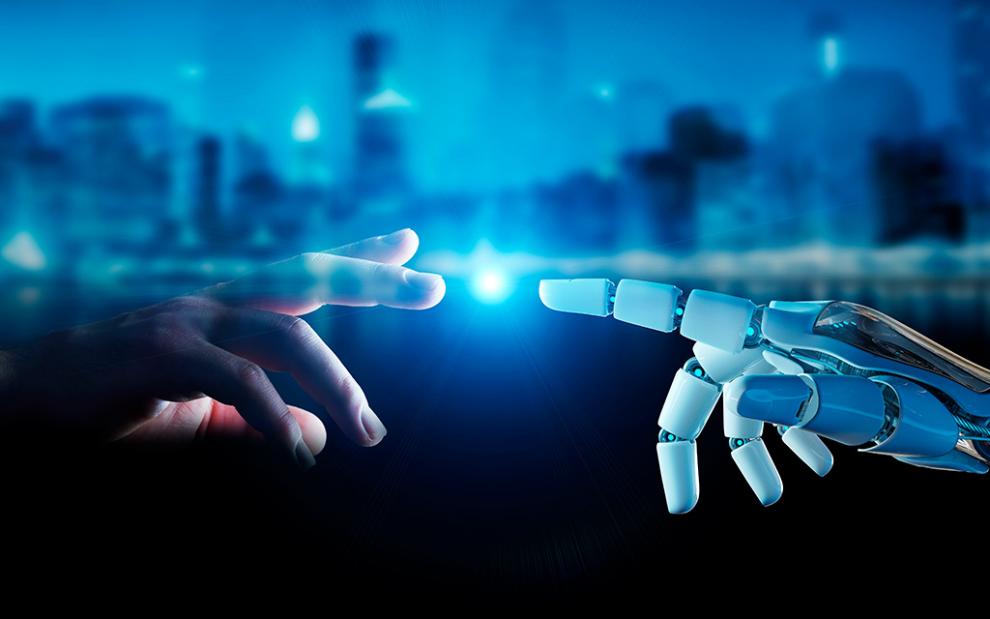TWI is one of a team of partners in the Up-Skill Project, who are developing a greater understanding of how businesses and organisations can benefit from Industry 5.0.

Industry 5.0, the fifth industrial revolution, is a step forward from the artificial intelligence, automation, big data, machine learning, real-time data and Internet of Things connectivity associated with Industry 4.0.
This next stage of industrial progress now seeks to integrate these types of technology with human capabilities to draw the best out of both machines and people in the workplace.
Industry 5.0 is still a relatively new concept and there is still a level of debate around its exact definition and scope, but how did we get here?
- Industry 1.0: The history of industrial revolution dates to the late 18th Century with the emergence of mechanisation and steam power. This first industrial revolution (often called ‘The Industrial Revolution’) was closely associated with the growth of the textile industry, particularly in Britain, during the 1700s. The invention and development of the steam engine changed how goods were manufactured, leading industry away from small and local cottage industry style production and towards factories and mass production.
- Industry 2.0: The next industrial revolution happened around 100 years later, in the late 19th Century, with the introduction of electricity. This greatly increased the widespread use of machinery in manufacturing, improving productivity through innovations such as electrified assembly line production.
- Industry 3.0: Jumping forward to the mid-20th Century and we reach the third industrial revolution, which was driven by the adoption of computers and digital technologies. This next step forward revolutionised the management of factories and supply chains, leading to greater automation and efficiency.
- Industry 4.0: Technology advancements in the early 21st Century triggered the fourth industrial revolution, as artificial intelligence, real time data processing, advanced robotics, and the Internet of Things (IoT) saw digital technologies integrated with physical systems. This allowed for improved efficiencies through greater automation as well as more sophisticated data analysis.
- Industry 5.0: Being the second industrial revolution to be heralded in less than 50 years, there is still some discussion around the definition and scope of this next stage. Some see the increased collaboration between humans and machines as an extension of Industry 4.0, but it also includes a refocus towards employee wellbeing, personalised products for customers and responsible production.
With the aims of Industry 5.0 including greater human-machine integration, Up-Skill is seeking a better understanding of the implications of this transition on the workforce with automation uniting with a skilled workforce to deliver greater benefits for industry and the world at large.